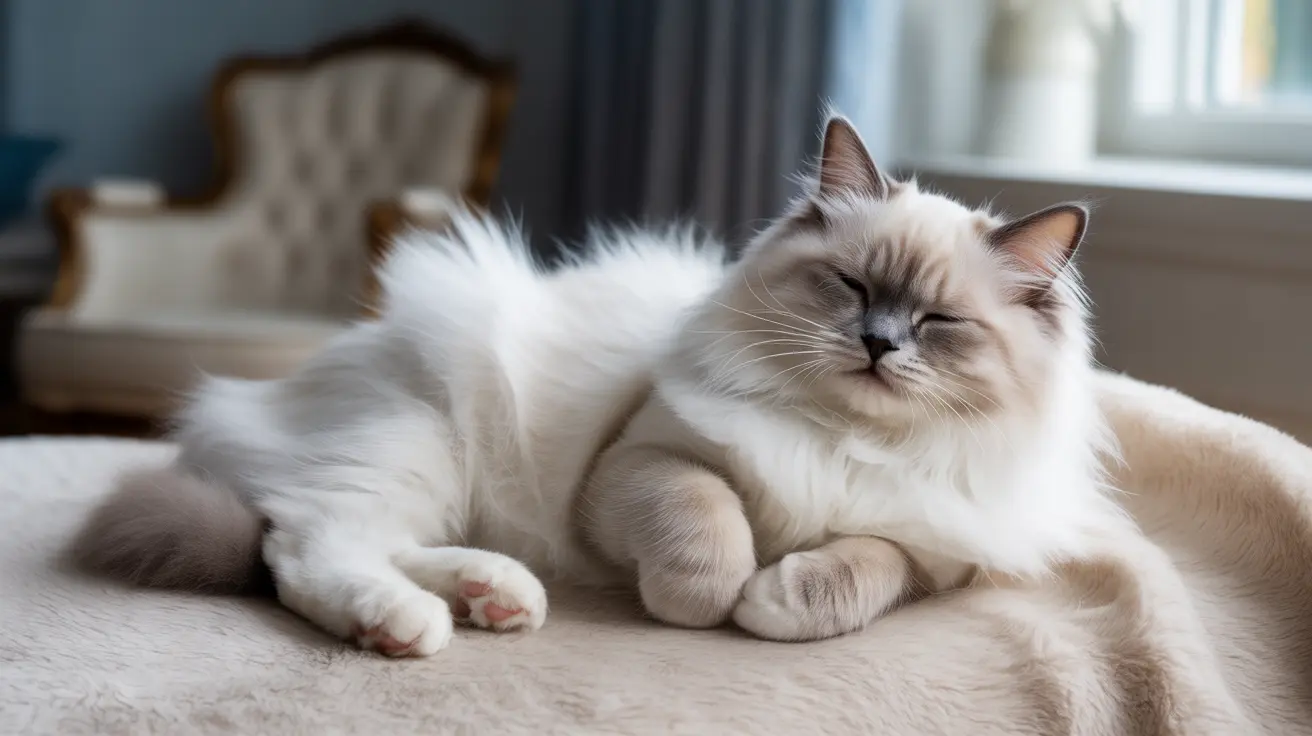Understanding the 'Ekekek' Sound Cats Make
If you’ve ever watched your cat perched by the window, staring intently at a bird or squirrel outside, you might have heard them make a strange, rapid-fire sound—something like "ekekek." This vocalization is intriguing, comical, and deeply embedded in feline behavior. But what does it mean? Why do cats make this odd noise? Let's explore the reasons behind this peculiar behavior.
What Is Chattering?
The "ekekek" sound is commonly referred to as chattering. It typically occurs when a cat is watching something it perceives as prey, like birds, rodents, or insects, especially from behind a window or other barrier. The sound is a rapid clicking or chirping, often combined with jaw movements that resemble chewing or shivering.
Top Theories Behind Cat Chattering
While there's no single definitive explanation, several theories provide insight into why cats chatter:
- Instinctual Hunting Behavior: Domestic cats retain many instincts from their wild ancestors. Chattering may mimic the jaw movements cats would use while delivering a bite to the neck of small prey. This could be a way of preparing or rehearsing the killing bite.
- Frustration: When a cat sees prey but cannot access it—like a bird outside the window—it experiences frustration. Chattering may be an outlet for that emotional stress or tension.
- Excitement: The presence of prey can overstimulate a cat. The chattering noise may reflect a burst of thrill and anticipation for the hunt.
- Mimicking Prey Sounds: Some experts speculate that cats are trying to imitate bird or rodent noises, potentially to lure their targets. While this theory is more speculative, it adds another layer of fascinating complexity to feline behavior.
Is Chattering Normal?
Absolutely. Chattering is a completely normal and harmless behavior. It represents the cat’s predatory instincts and shows that your cat is mentally stimulated by the environment. Occasional chattering is a positive sign of good brain and sensory activity.
When Is It a Concern?
While normal in small doses, sudden increases in chattering could indicate underlying issues:
- Excessive frustration: Constant exposure to unreachable prey may stress your cat. Consider adding foraging toys to allow them to engage their natural hunting instincts indoors.
- Dental issues: Jaw chattering unrelated to prey viewing might point to oral pain or discomfort. In such cases, veterinary evaluation is wise.
How to Support Your Cat’s Instincts
Though your cat may not be hunting real birds anytime soon, you can support their needs through environmental enrichment using tools like:
- Foraging Toys: These encourage cats to problem-solve and mimic hunting behavior indoors.
- Interactive Play: Toys that mimic the movements of birds or mice can provide satisfaction similar to real hunting.
- Window Perches: Safely allowing your cat to watch birds can satisfy their curiosity and encourage natural behaviors.
Conclusion
The chattering 'ekekek' sound your cat makes is a quirky, entertaining, and deeply instinctual response to the sight of prey. Whether it’s excitement, mimicry, or frustrated ambition, it’s rooted in ancestral hunting behavior. Rather than worry, appreciate this unique vocalization as insight into your cat’s complex inner world. Supporting this behavior through foraging toys, interactive play, or enriched environments can make your cat’s indoor life more fulfilling and closer to the wild instincts that still reside inside.





